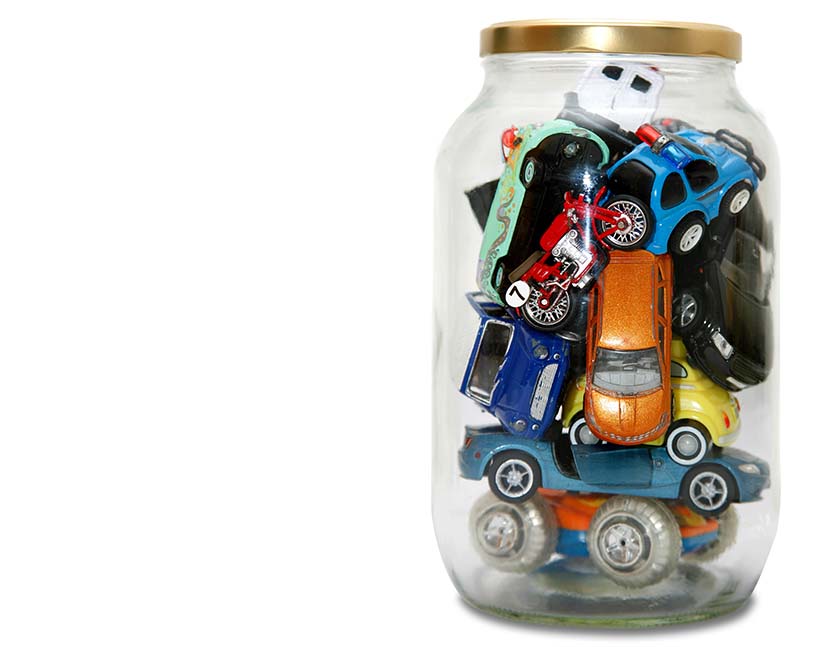
Metro Finance lending revs up for a hot lap
Metro Finance has ramped up its auto and equipment lending in the last 12 months, leading to a much larger securitisation presence than it has ever had before. George Pappas, Sydney-based treasurer at Metro, discusses funding strategy and growth plans including a green lending product.
Metro has achieved strong growth in its lending portfolio over the last 12 months. What have been the key drivers?
We compete with the major banks as well as a regional bank and some of the large nonbanks in our lending space. We have been taking market share mainly from the majors, by leveraging our high-service model and technology platform as a differentiating factor. We can turn around applications very quickly relative to the time taken by the majors.
We lend exclusively through brokers and they seem to be very happy to have customer applications turned around in a matter of hours, or at most a day or two, rather than weeks. This service proposition has been driving a lot of growth.
Matching this growth has been an increase in Metro’s public securitisation volume. Is it likely that the company will continue bringing larger deals to market and to what extent is engagement with new investors necessary to facilitate greater volume?
Previously we have found the Australian market limited in its capacity and we wanted to increase the volume we could issue as well as diversify our investor base away from being purely domestic.
Our last transaction was A$750 million (US$556.1 million), issued in July 2021. This was targeted specifically at European investors. Around 44 per cent of investors that came into this deal were from offshore, with representation from Europe, the US, Japan, Singapore and New Zealand.
This allowed us to grow the deal significantly as all tranches were well oversubscribed given the offshore demand. This augurs well for bringing similar transactions in future. We have the framework to do a risk-retention compliant transaction every year and we will look to bring similar volume depending on our originations and investor demand.
Are foreign-currency tranches on the cards?
At the moment all the interest we have received has been in Australian dollars. If this changes and there is appetite for foreign-currency tranches, we will consider issuing them. This would also depend on the swap economics – but there is nothing to prevent us from looking at this.
Investors seem increasingly interested in gaining access to securitised assets other than residential mortgages. Does this match Metro’s experience?
We have seen a few nonmortgage ABS [asset-backed securities] deals this year that have been well received with very fine pricing. Spreads have been ratcheting in over the course of the year, which shows investors have appetite for asset classes other than residential mortgages.
This has been aided by the banks being out of the market for quite a while, which has created scarcity of supply. ABS transactions have filled some of the investor appetite for term issuance. Whether this continues into next year we will have to wait and see, but at the moment it seems very promising.
Metro has a green lending product. What is it, and could it result in green tranches in Metro securitisation transactions?
One of our warehouses includes a limit that provides subsidised green-loan funding to customers for the purchase of electric vehicles (EVs) and hybrids. At the moment, this book is relatively small – for a number of reasons, including low overall take up of EVs in Australia and lack of government incentives. We are also, for the time being, limiting our product offering to commercial-vehicle lending – and there are not as many green options for commercial EVs as there are for consumer EVs.
The combination of these factors has kept the book relatively small, but we want it to become a major component of our business going forward. We see all these factors changing over the course of the next few years and we expect a much bigger take up of green vehicles as well as government incentives to come into play.
We also expect we would have a much larger market for green loans if we looked at consumer rather than just commercial lending. This is something we are considering as another product line for our business.
Once the book is big enough we definitely will consider including green tranches in our term deals. We would potentially also look at setting up a specific warehouse for green vehicles. Increasing our footprint in the green-vehicle space is therefore a big part of our strategy going forward.

nonbank Yearbook 2023
KangaNews's eighth annual guide to the business and funding trends in Australia's nonbank financial-institution sector.








